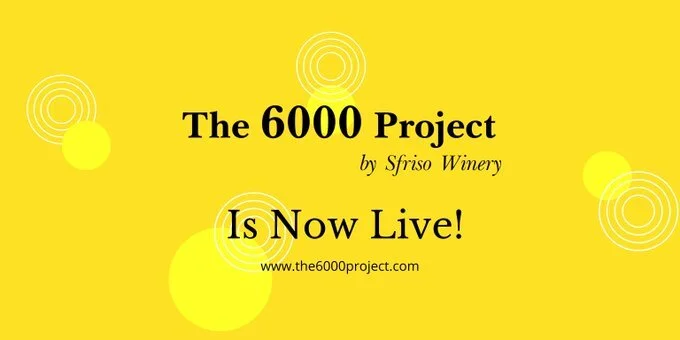Easy facts to remember - yet sometimes uncomfortable.
1 - How many Italian grapes can you mention? Let’s see: Nebbiolo, Sangiovese, Corvina, Garganega… And? Come on! You’re omitting other 400 or 500 grapes! The Italian grape landscape is a lot more complex and detailed than what you believe. If you limit yourself to only a few grapes, you deprive yourself of more exciting discovers.
2 - Amarone della Valpolicella is not a grape: it is a blend of Corvina, Corvinone, and Rondinella grapes. Molinara has been out of the blend since 2003. Just a few (and brave, and truly traditional) wine producers in Valpolicella still put this grape in the blend of their wines.
3- A white Amarone della Valpolicella doesn’t exist. If you find a white wine with this name it’s a clamorous FAKE.
4- Prosecco is not a grape. It’s a wine! Its grape is called Glera.
5 - In Dalmatia there is a wine with a similar name, too: Prosek. It’s a passito still wine, though. Don’t get confused by the two.
6) Not every Italian sparkling wine is a Prosecco. Defining “Prosecco” any Italian bubbly wine is like calling “Ferrari” any Italian red car. Know the difference between the different Italian sparkling wines; there is Prosecco, Franciacorta, Asti, Trentodoc, Lambrusco, Lessini Durello… and on and on. You don’t want to make a dumb of yourself, do you?
7) Comparing a Prosecco to a Champagne is like comparing Lady Gaga to Edith Piaf: another silly thing.
8) Saying “It’s an Italian wine!” is an abstract simplification. Italy has 20 different regions, each of them produces wine (in different quantities), often made from native grapes - and called with weird names more or less easy to pronounce. Yes, it is not easy to go deep in this country - but it is worth it. So you discover that a wine produced in a Northern region can be very different from a wine produced in a Southern region, even if made with the same grape. No other country in the world can give you such an experience - except Portugal, maybe.
9) The so called “natural” (or organic, or bio-something) wine, produced in small quantities (from 1000 to 10 thousand bottles) in a handcrafted/traditional way with local grapes exists almost everywhere, in Italy. If this is your type of wine, you MUST come here, look for it, and experience it yourself. Normally it is not exported, because the quantities are too small, and the price too high.
10) If you are looking for such natural wines and expect to pay a price between 3-5 euros FOB, forget it. These kinds of wines are expensive! Too small the production, too high the production costs.
11) If you find a natural wine with an incredibly low price, keep away from it. There is something wrong, and /or somebody is lying to you.
12) The wine producers are usually very concerned about the labels of their wines. If they are very old style and/or traditional (a bit boring and obvious, I mean), it’s pretty sure that the wine is intended to restaurants, or "adult" drinkers. If the label is modern, colored, with a fancy name…it’s likely the wine is intended to the modern distribution, or to young people. Or the producer is a young one.
Easy, isn't it?










